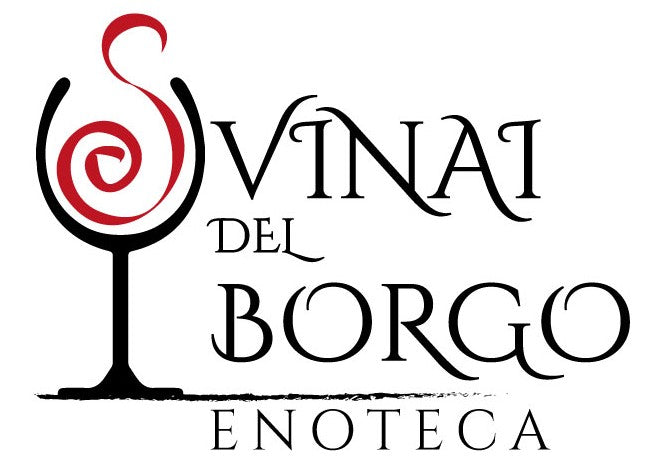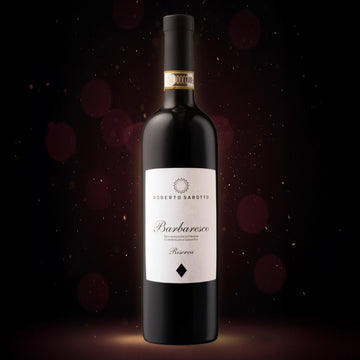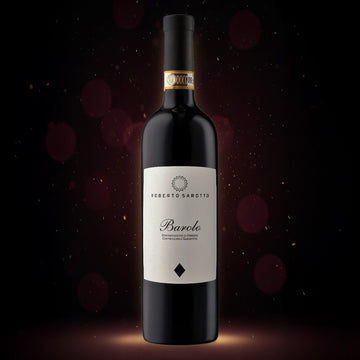CHOSEN EVERY DAY BY THOUSANDS OF CUSTOMERS WORLDWIDE:
 Fast Delivery
Fast Deliverywith Anti-Breakage Packaging
 Chosen and Guaranteed by Professional
Chosen and Guaranteed by Professional Tasters
 24/7 Customer Service
24/7 Customer Service
Our blog
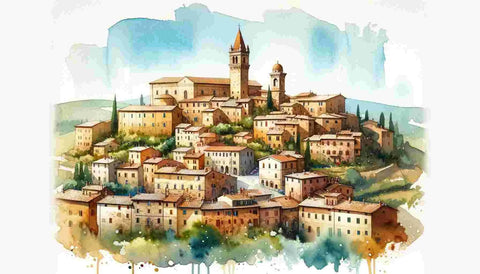
Brunello di Montalcino epitomizes the pinnacle of Tuscan winemaking, merging the richness of Montalcino's terroir with centuries of oenological knowledge. This comprehensive guide unveils the history, production process, and regulations that have made Brunello di Montalcino a symbol of global wine excellence. From the ancient hills of Montalcino to the cellars of master vintners, dive into the story that narrates the transformation of Sangiovese grapes into a wine of unmatched depth, longevity, and complexity.
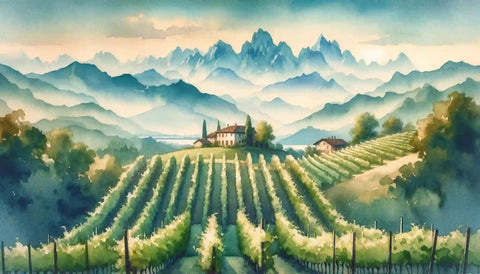
Gattinara and Ghemme wines, from Piedmont, are distinguished by their history, terroir, and use of the Nebbiolo grape. Gattinara requires longer aging and a higher percentage of Nebbiolo, resulting in robust wines with high aging potential. Ghemme offers more accessible wines, with shorter maceration periods and a balance between structure and fruitiness. Both reflect the synergy between nature and tradition, enriching Piedmont's viticultural diversity.
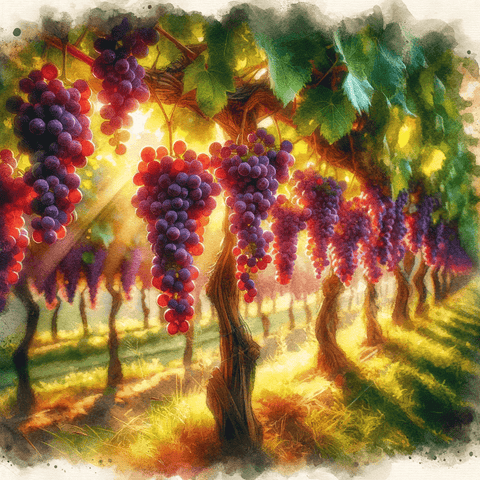
This article delves into the world of Corvina, an important grape variety in the Veneto region of Italy. While it is often associated with the Appassimento process, the text reveals the versatility and elegance of this variety in wines made without this procedure. It examines the intrinsic characteristics of Corvina, traditional winemaking techniques, and the unique wine profiles it produces, demonstrating how this grape continues to surprise wine lovers worldwide.
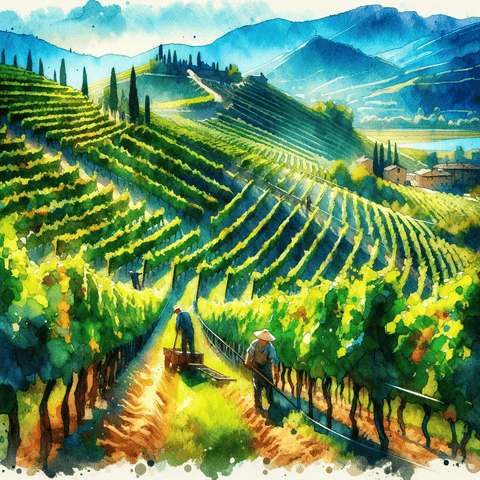
Discover Appassimento: Amarone’s Recipe for Longevity, an article exploring the ancient technique of appassimento in winemaking. Learn how this process intensifies sugars and alcohol in Amarone, enhancing its aging potential. Delve into the roles of tannins, acidity, pH balance, and oxidative aging in developing the wine's complex flavors and aromas over decades. Understand the significance of barrel aging and storage conditions in shaping the wine’s evolving character, offering a unique tasting experience at every stage of its maturation. This piece reveals the intricate alchemy behind some of the world’s most esteemed wines, showcasing the art and science of creating wines that gracefully withstand the test of time.
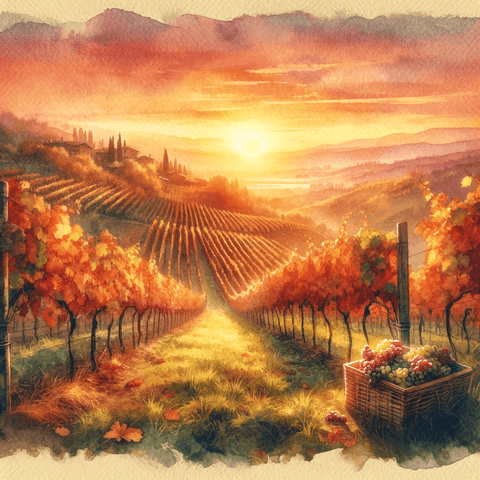
Explore the art and science of winemaking in 'Corvina: The Ideal Candidate for Appassimento.' This article delves into how the Corvina grape's unique characteristics make it perfectly suited for the appassimento process, essential in crafting rich and complex wines like Amarone. Learn about the meticulous drying process, the impact on wine characteristics, and the biochemical transformations that occur. Understand how factors like temperature, humidity, and ventilation play a crucial role in this traditional winemaking technique, revealing the depth and sophistication behind creating some of Italy's most celebrated wines.
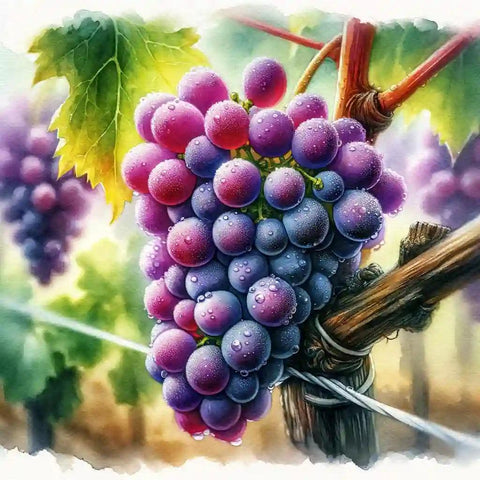
"The Secret of Veneto: The Corvina" is an article that explores the unique characteristics and importance of the Corvina grape, a cornerstone of the oenological heritage of the Veneto region. It highlights its role in the production of famous Italian wines such as Amarone and Ripasso. The article delves into the distinctive botanical properties of Corvina, the precise and traditional cultivation methods, and the influence of unique soil compositions and microclimates in the Valpantena subzone. Emphasizing both the botanical and genetic perspective, it encapsulates the essence of Veneto's winemaking tradition, illustrating the harmonious interaction between nature and human skill in viticulture.
